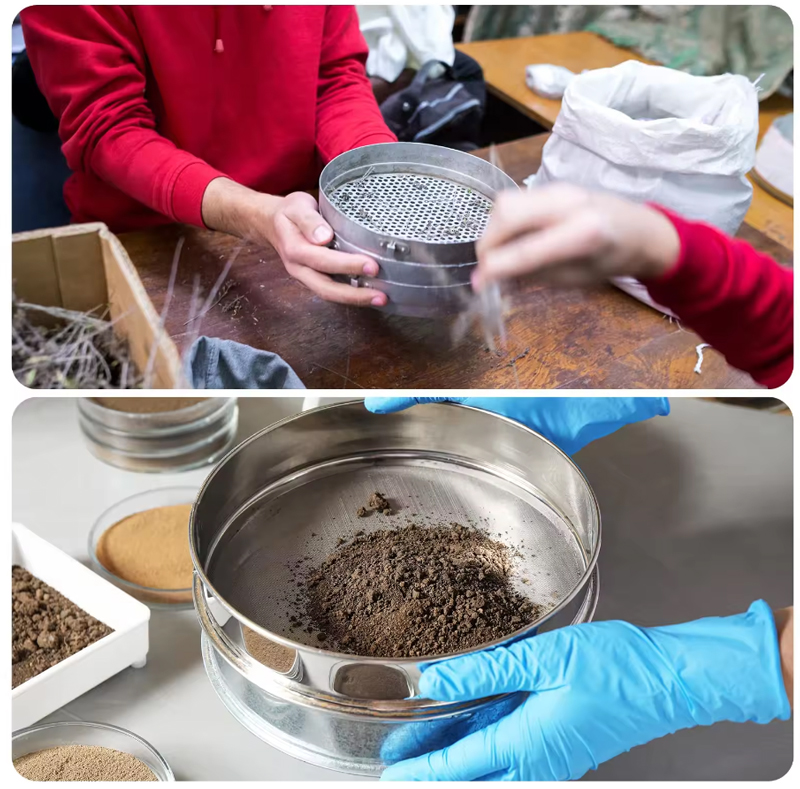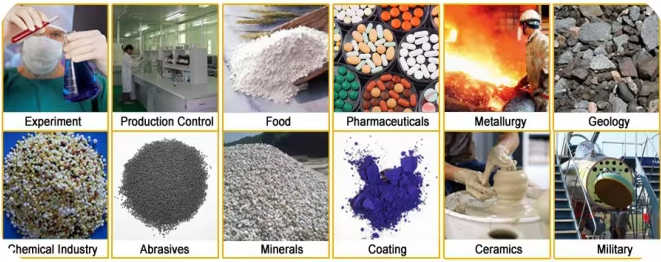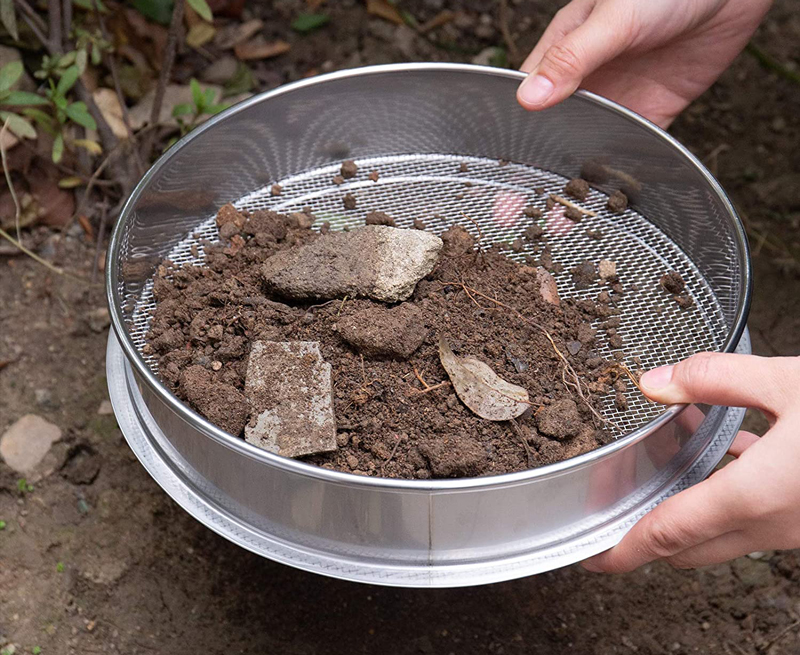
Soil Sieve Test in Architecture is one of the commonly used experimental methods in the field of soil engineering. It is used to evaluate the particle distribution, particle size distribution and soil sieving performance of soil particles. This test is usually used to determine the engineering properties of soil, such as particle size distribution, the impact of water content changes on soil properties, etc., and provides important data support for the calculation of soil mechanical parameters, engineering design and soil classification.

The main purposes of the construction soil sieve test include:
Particle distribution analysis: The construction soil sieve test can determine the content and distribution of different particle sizes in the soil sample, so as to understand the particle grading characteristics of the soil.
Engineering property evaluation: The construction soil sieve test can help evaluate the engineering properties of the soil, such as compactness, permeability, shear strength, etc.
Soil classification: Soil can be classified, which helps to determine the type and characteristics of the soil and provide a reference for engineering design.
Material selection: The construction soil sieve test can help engineers select suitable soil materials to ensure that they meet the design requirements and improve the quality of the project.
Engineering design: Through the analysis of soil particle grading, it can provide important data support for foundation engineering design, roadbed design, etc., which helps to determine the appropriate engineering treatment methods and material selection.
Soil sieve test in architecture the following is a customer case that illustrates the application ofsoil sieve test:
Client: A construction company in the United States
Project: Residential Community Site Development


An American construction company was tasked with developing a residential complex on a previously undeveloped site. Companies need to assess soil properties to ensure the site is suitable for construction. They decided to perform a soil sieving test to determine the particle size distribution of the soil.
Sample Collection:

A geotechnical engineer for a construction company in the United States collected multiple soil samples from different locations on the project site. Samples were collected at various depths using a soil auger to capture changes in soil conditions.
Sample Preparation:
Air dry the soil samples to remove excess moisture. Large aggregates, rocks and organic matter are carefully removed. The samples were mixed thoroughly to ensure a representative and homogeneous mixture.
Sieve selection:
Depending on the expected particle size range of the soil, the geotechnical engineer selects an appropriate set of screens. The selected sieve pack consisted of sieves with a pore size ranging from 75 mm to 75 microns.
Screening process:
Place the soil sample on the top sieve of the stack and assemble the sieves securely together. The stack of sieves is then mechanically agitated using a sieve shaker for the specified duration. The vibration separates the soil particles into fractions of different sizes.
Weighing score:
After the sieving process is complete, geotechnical engineers carefully remove each screen from the stack. The soil retained on each sieve was collected and weighed using a precision balance. The weight of the soil remaining on the pan below the finest sieve was also measured.
calculate:
Geotechnical engineers calculate the percent soil retained on each sieve by dividing the retained soil mass by the initial mass of the soil sample and multiplying by 100. They also determined the cumulative percent retained on each sieve by subtracting the percent retained from 100. And accumulate the values from the finest sieve to the coarsest sieve.
Interpretation and analysis:
Using data obtained from soil sieving tests, geotechnical engineers analyze the particle size distribution of the soil. They plotted particle size distribution curves using sieve size and cumulative passing percentage. This curve provides a visual representation of the soil particle size distribution.
Based on the results of soil sieving tests, a geotechnical engineer for a construction company in the United States determined the particle size distribution of the soil. Engineers found that the soil consisted mostly of fine sand and silt, with a small amount of gravel. This information helps the company evaluate soil engineering properties such as permeability, compaction properties and shear strength, which are critical for designing foundations and structures in residential areas. It also helps determine proper soil management practices during construction.
By performing soil sieve test, The American Construction gained valuable insight into soil properties, allowing them to make informed decisions and recommendations for the successful development of residential complexes, while ensuring the stability and durability of structures.
Address:China,Yanjin county forest park gate to the west 1000 meters north road.